Embarking on a journey into the Indian Armed Forces offers a unique and gratifying path, and the two major entry gates for aspiring officers are the National Defence Academy (NDA) and the Combined Defence Services (CDS) exams. While both serve as prestigious pathways to military service, they cater to different educational backgrounds and age groups, each with different eligibility criteria, exam formats, and training processes.
Understanding these differences is crucial for candidates aiming to choose the path that best aligns with their goals, whether entering directly through NDA after school or as a graduate through CDS. In today’s article, we will provide information about the Difference Between Joining The Army Through NDA and CDS.
Difference Between Joining The Army Through NDA and CDS
For those aspiring to lead an extraordinary life, familiarity with two of the most sought-after exams conducted by the UPSC is essential: the National Defence Academy (NDA) and the Combined Defence Services (CDS). These esteemed entrance exams offer pathways into the defense sector as commissioned officers. In this exploration, we will highlight the key distinctions between NDA and CDS, offering a comprehensive overview to guide you in choosing the right path for your ambitions in the armed forces.
Eligibility Criteria
The National Defence Academy (NDA) exam is conducted at the higher secondary level, which means candidates can apply after completing their 10th grade. In contrast, the Combined Defence Services (CDS) exam is intended for graduates, so applicants must either hold a degree or be in their final year of graduation to qualify.
- Educational Qualification: The NDA is a higher secondary level examination, allowing candidates to apply after completing their 10th grade. In contrast, the CDS is a graduate-level exam, which means candidates must either hold a degree or be in their final year of graduation to be eligible.
- Age Limit: The age requirement for NDA candidates is between 16 and 19 years, while for CDS, candidates must be between 19 and 25 years of age.
- Gender Eligibility: Previously, women were not permitted to sit for the NDA examination. However, recent changes in regulations now allow female candidates to apply for both NDA and CDS.
Exam Pattern and Level
When considering a career in the Indian Armed Forces, understanding the structure and difficulty levels of the National Defence Academy (NDA) and Combined Defence Services (CDS) exams is essential, as each offers a distinct pathway based on educational qualifications and testing requirements.
NDA Exam Structure: The NDA exam is designed to align with higher secondary education and consists of two papers: the General Ability Test (GAT) and Mathematics. Each paper is allotted a duration of two and a half hours, with the written test totaling 900 marks. This is followed by the SSB interview, which also carries a weight of 900 marks.
CDS Exam Structure: In contrast, the CDS exam is aimed at graduates. Candidates aspiring to join the Indian Military Academy (IMA), Indian Air Force (IAF), and Indian Naval Academy (INA) must complete three papers: Mathematics, English, and General Knowledge. However, those applying for the Officers Training Academy (OTA) are exempt from the Mathematics paper. Each CDS examination allows candidates two hours to complete their papers, with a total composite score of 300 marks (200 for OTA). The SSB interview holds the same significance as the written examination.
Difficulty Level: In terms of difficulty, many candidates perceive the NDA exam as more challenging than the CDS. This perception arises mainly because the Mathematics portion in CDS is at an elementary level, while the NDA exam features 10+2 level mathematics. Additionally, NDA candidates tend to be younger, though opinions on this aspect may vary.
| NDA 2(2021) | CDS 2 (2021) | |
| Vacancy | total 400 | total 339 |
| Previous year cuttoff (written) | 355 out of 900 |
|
Previous year Cutoff (final)
|
719 out of 1800 |
|
| Approx. no of applicants (previous year) | 5.3 lakh | 2,343,43 |
| Approx. no of candidates appeared (previous year) | 2.4 lakh | 1,182,50 |
| Difficulty level |
|
|
Training After Recommendation
Once you get recommended by the SSB interview panel and made it to the final merit list ,you undergo a rigorous training program.
- NDA – If you get recruited through NDA , you will first get admitted to National Defence Academy, Khadakwasla, it is a three year program and after that you will be trained at different academies based on your cadre.
Army IMA Dehradun Navy INA, Ezhimala Air force AFA, Hyderabad.
- CDS- If you get selected by CDS exam you will be directly trained at the respective defence academies you have applied for, such as IMA Dehradun for Army, INA Ezhimala for navy, AFA, Hyderabad for Airforce and OTA Chennai.
Time Period of Training
| Training Program | Duration |
| NDA | 3 years at NDA + 12 to 18 months at specified academies |
| CDS (Army Cadets) | 18 months |
| CDS (Navy Cadets) | 37 to 40 months |
| CDS (Air Force Cadets) | 74 months |
Degrees Awarded After Training
Upon completion of their training, cadets from the National Defence Academy (NDA) and the Combined Defence Services (CDS) are awarded different degrees, reflecting the educational foundations they build during their respective programs.
NDA cadets receive various degrees based on their branch of service:
- Army Cadets are awarded degrees such as BSc, BTech, BA, and BSc in Computer Science.
- Navy Cadets obtain a BTech degree.
- Air Force Cadets also receive a BTech degree.
On the other hand, CDS cadets are awarded postgraduate diplomas depending on their chosen path. Army cadets earn a Postgraduate Diploma in Military and Defence Management, while those opting for the Officers Training Academy (OTA) receive a PG Diploma in Defence Management and Strategic Studies.
| Training Program | Degrees Awarded |
|
NDA Cadets |
|
| Army Cadets | BSc, B. Tech, BA, B.Sc. in Computer Science |
| Navy Cadets | B. Tech |
| Air Force Cadets | B. Tech |
|
CDS Cadets |
|
| Army Cadets | Postgraduate Diploma in Military and Defence Management |
| OTA Cadets | PG Diploma in Defence Management and Strategic Studies |
Job Profile
- After successfully completing your training you are given the rank of Lieutenant. be it through NDA or CDS.
- The cadets through NDA get Permanent service commission while through CDS both short and permanent commission is granted depending on the post.
- The career and promotion path is similar for both however cadets selected through NDA reach higher designations as they start the journey from a young age .
Salary and Allowances
Though both the services induct you as an officer but there are slight differences in the salaries,the chart given below will help you in understanding better. Apart from that there are several other allowances officers are eligible for, the government takes well care of the Military Officers so there is no dearth of financial aids.
| Rank | NDA Officer Pay (in Rupees) | CDS Officer (Total Pay in Rupees) | ||
| Rank Pay | Grade Pay | |||
| Lieutenant | 15,600—39,100/- | 5,400/- | 56,100 – 1,77,500 | |
| Captain | 15,600—39,100/- | 6,100/- | 6,13,00-1,93,900 | |
| Major | 15,600—39,100/- | 6,600/- | 6,94,00 – 2,07,200 | |
| Lieutenant Colonel | 37,400—67,000/- | 8,000/- | 1,21,200 – 2,12400 | |
| Colonel | 37,400—67,000/- | 8,700/- | 1,30,600-2, 15,900 | |
| Brigadier | 37,400—67,000/- | 8,900/- | 1,39,600-2,17,600 | |
| Major General | 37,400—67,000/- | 10,000/- | 1,44,200-2,18,200 | |
| Lieutenant General HAG Scale | 67,000/–79,000/- | – | 1, 82, 200-2,24,100 | |
| HAG+Scale | 75,500/- 80,000/- | – | 2,05,400 – 2,24,400 | |
| VCOAS/Army Cdr/ Lieutenant General (NFSG) | 80,000/- | – | 2,25,000/-(fixed) | |
| COAS | 90,000/- (fixed) | – | 2,25,000/-(fixed) | |

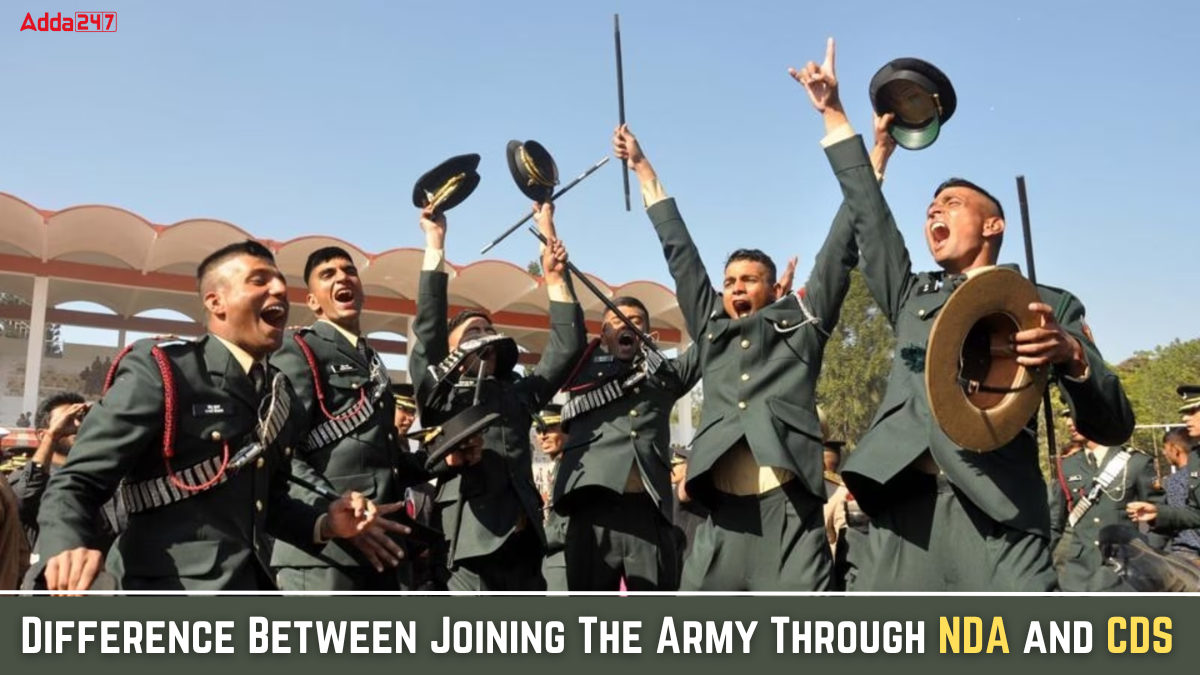
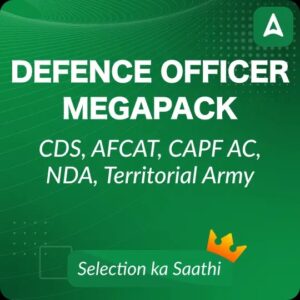

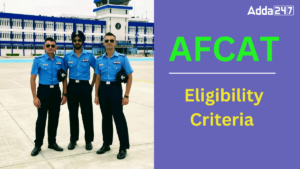 AFCAT Eligibility Criteria and Age Limit...
AFCAT Eligibility Criteria and Age Limit...
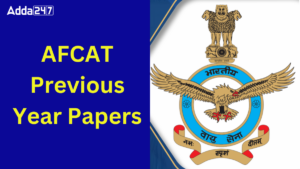 AFCAT Previous Year Papers, Download PDF
AFCAT Previous Year Papers, Download PDF
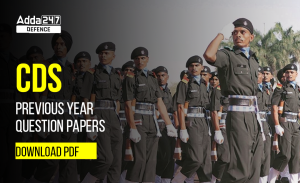 CDS Previous Year Question Papers, Downl...
CDS Previous Year Question Papers, Downl...





